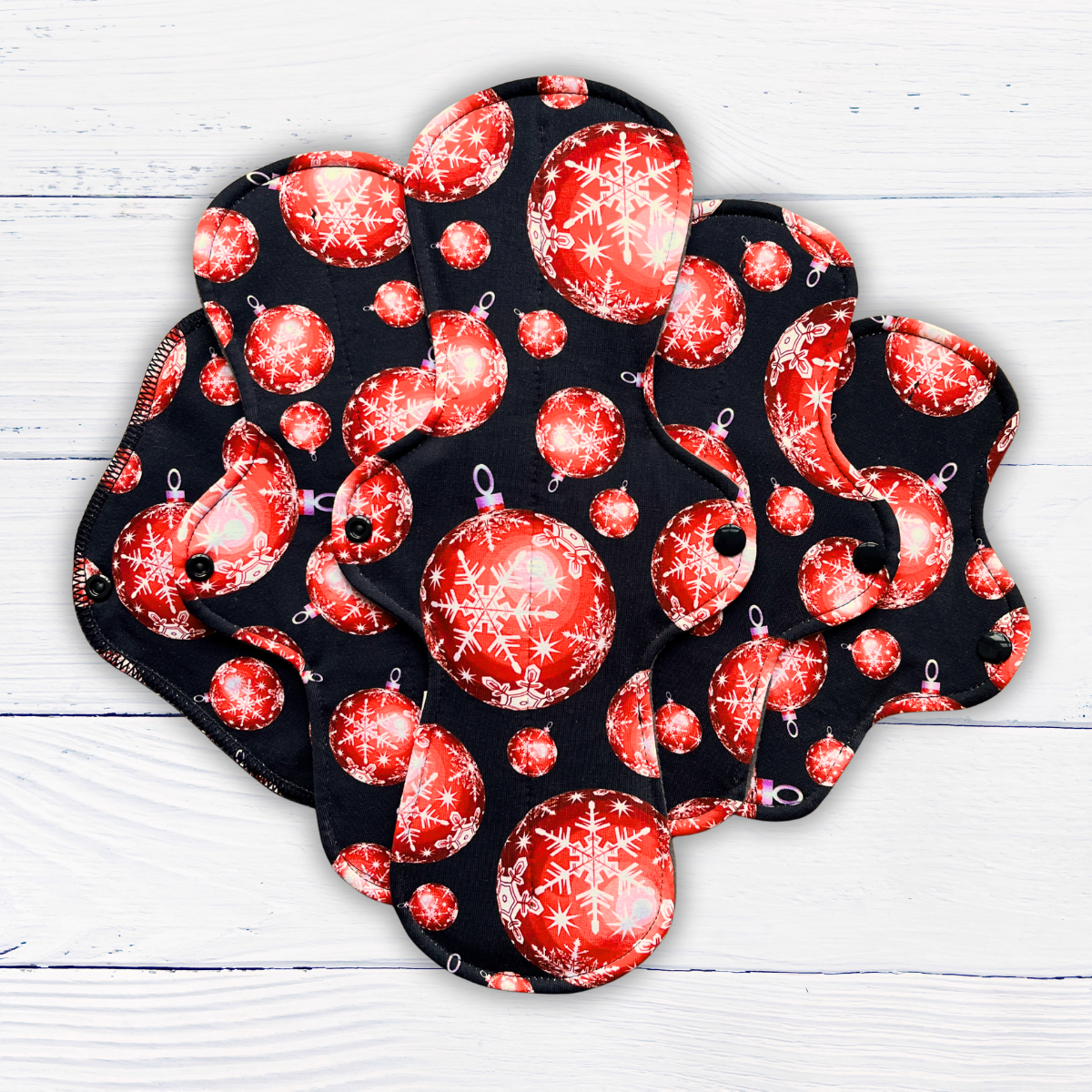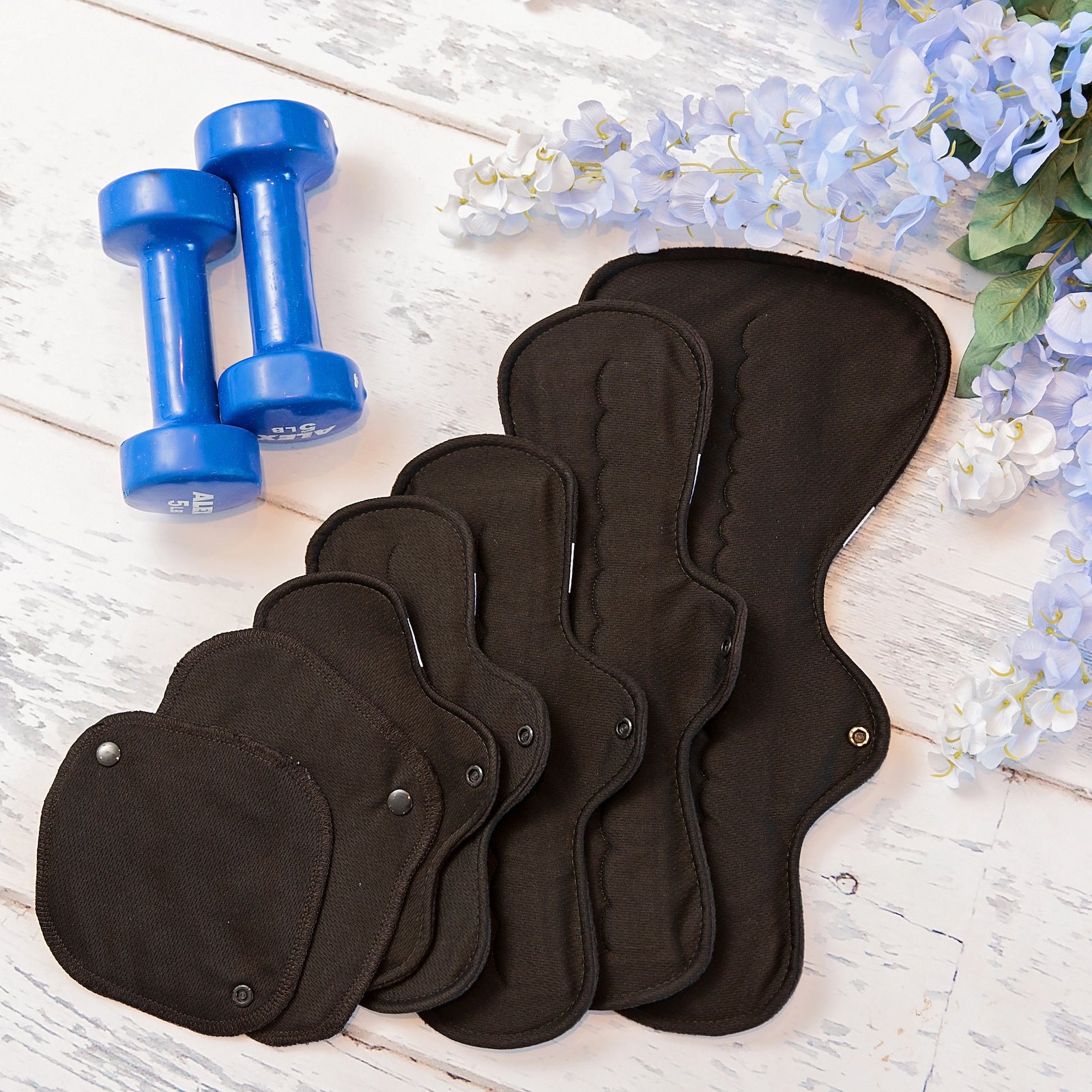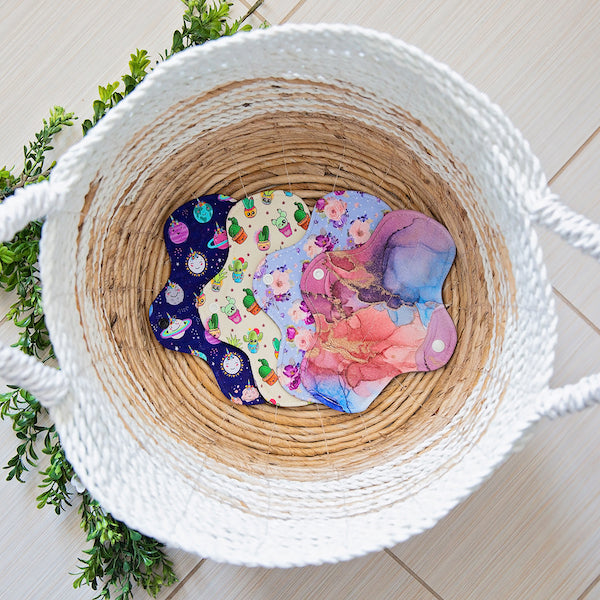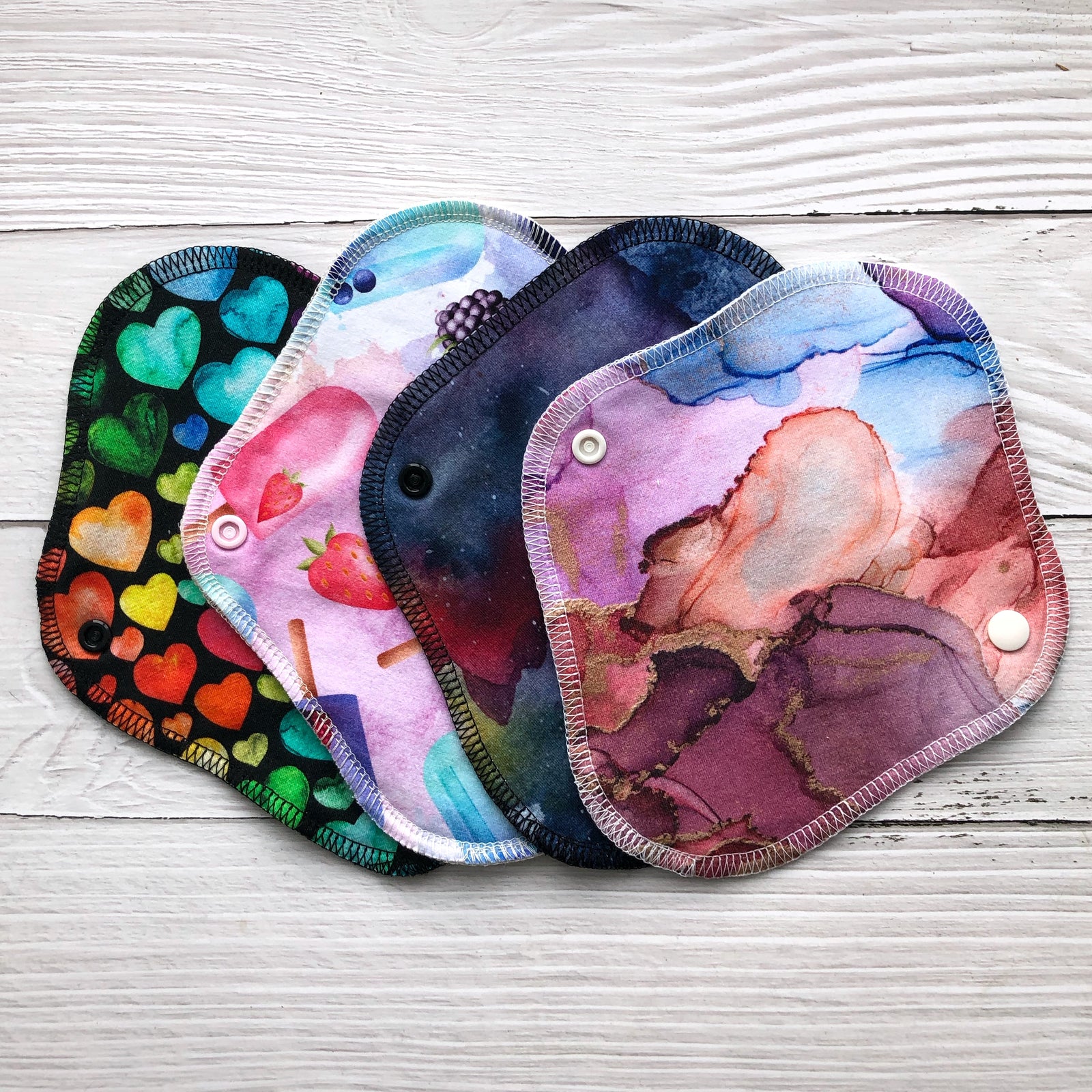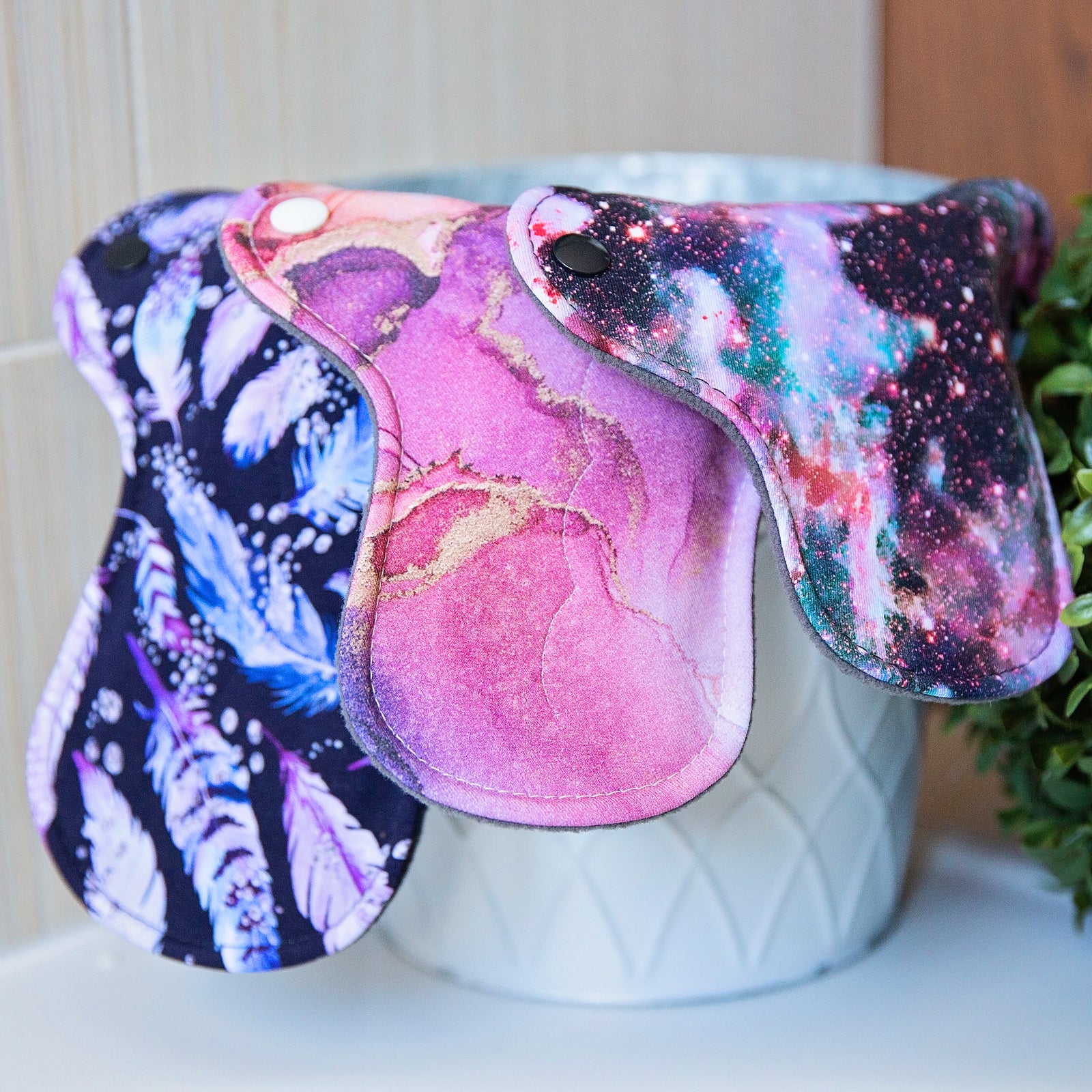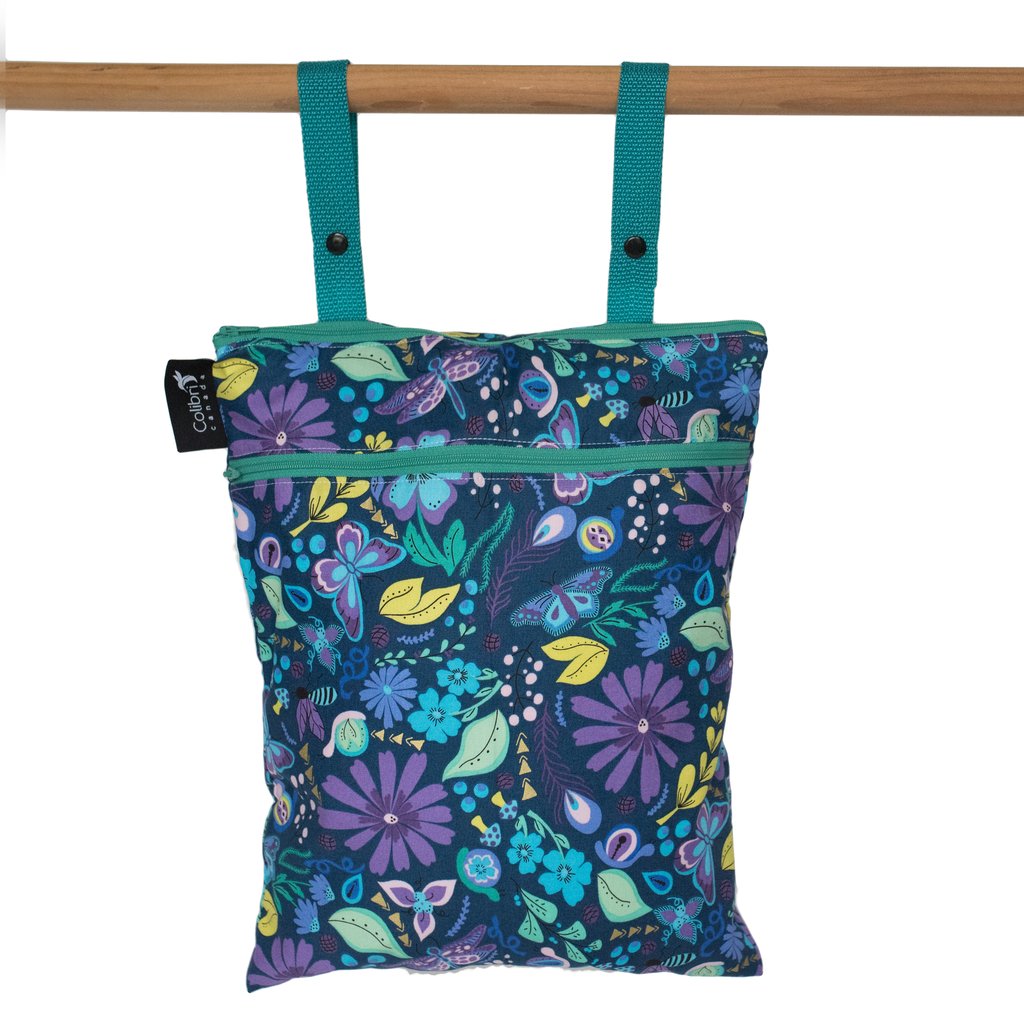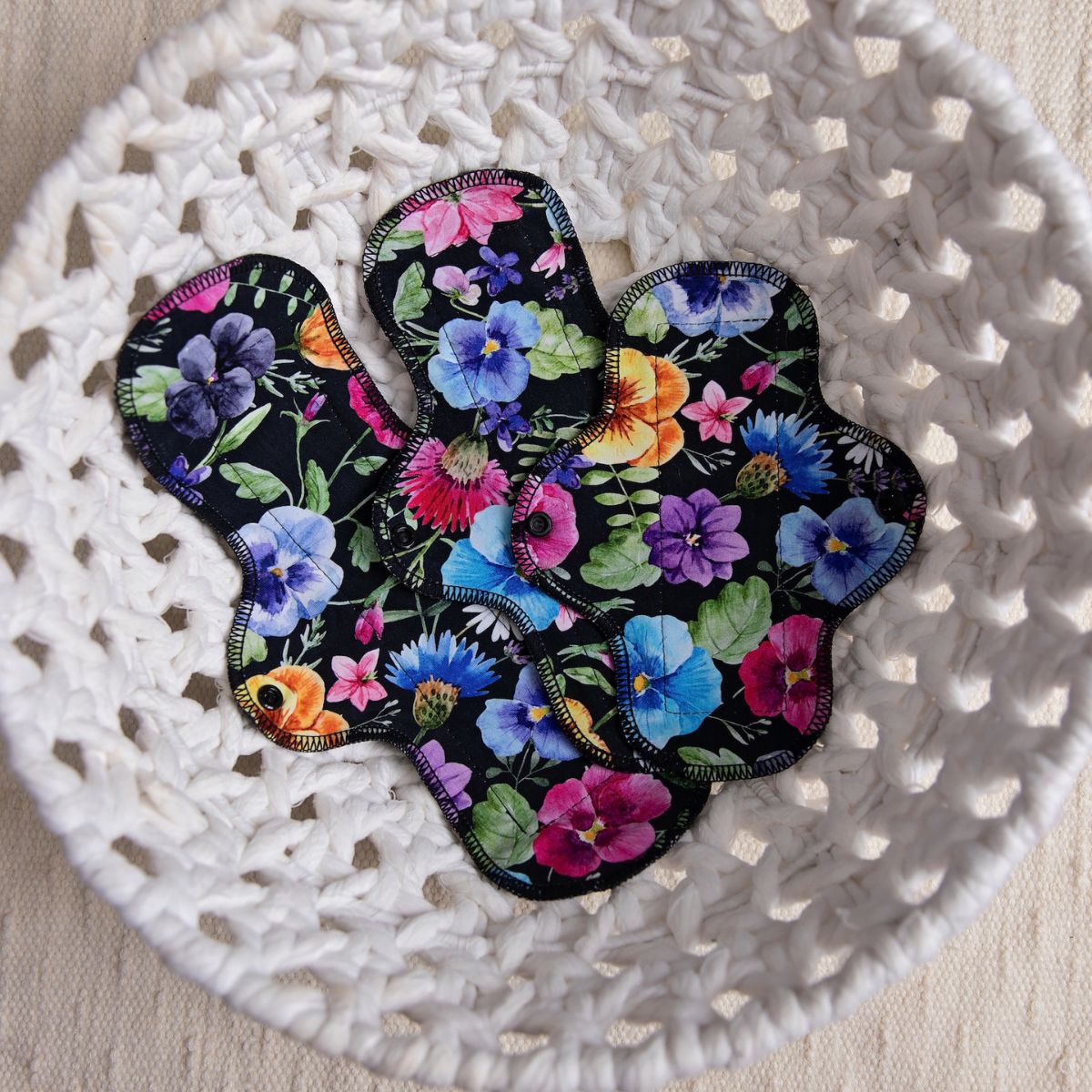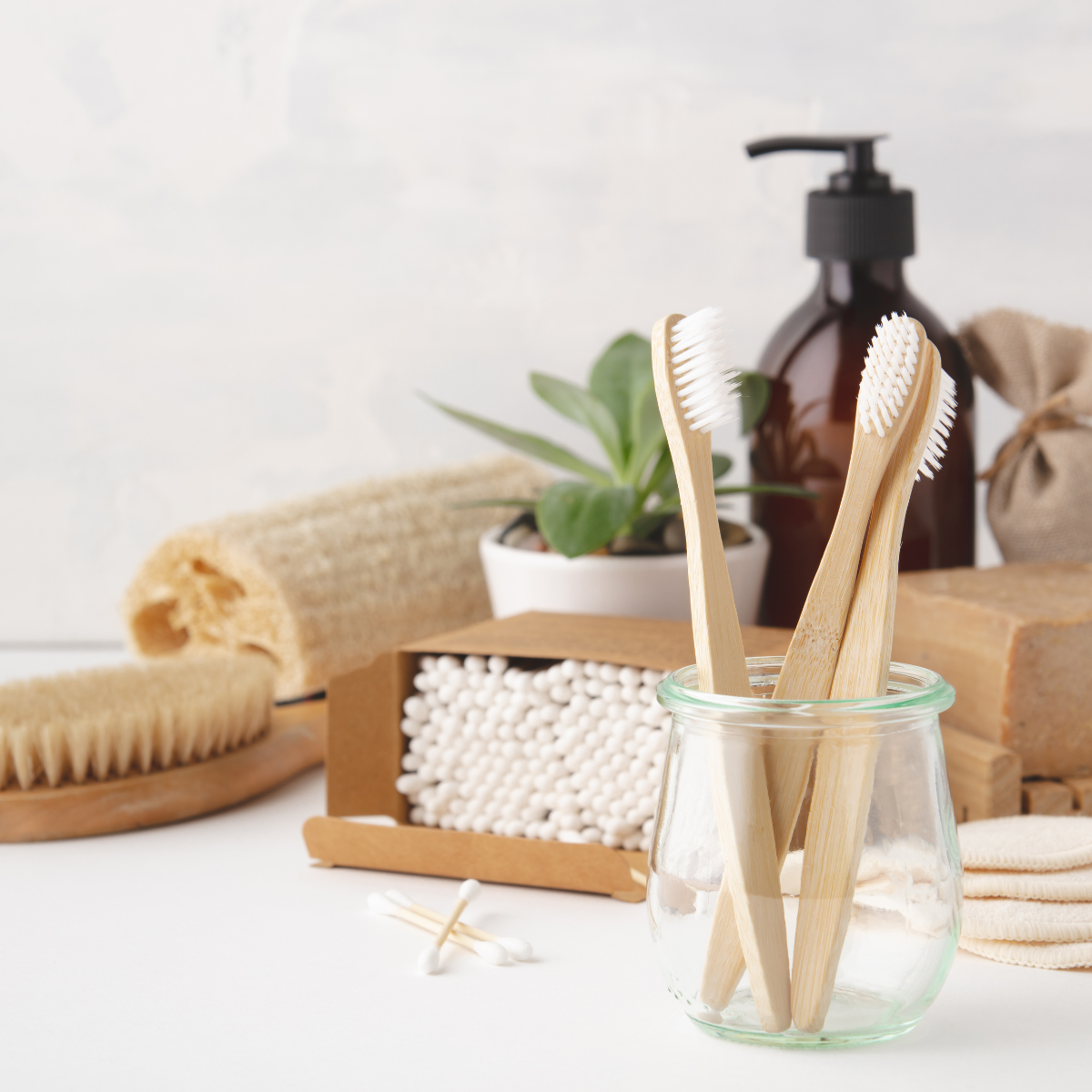Are you tired of the trial and error method trying to choose the right pad to manage incontinence? We hear you; it's so frustrating! In this comprehensive guide, we will walk you through the process of choosing the best pad for your needs, so you can regain your time and get back to living life to the fullest.
When it comes to managing incontinence, finding the right pad is crucial. You need a product that offers superior protection, absorbency and comfort. And...here at Amie, we'd shamelessly add that you need a product that makes you just a teensy bit happy, too, because - why not?! With numerous options available in the market, it can be overwhelming to make the right choice. But fear not, as we are here to walk you through it!

Our guide will cover everything you need to know, from understanding the different types of pads available to assessing your personal needs, including absorbency level and fit. We will also debunk common myths surrounding incontinence care and provide you with expert tips for comfortable and hassle-free usage. We'll say straight up that we heavily favour reusable pads, but that is not to say that disposables should never have a place in your routine. At Amie, we believe that any use of reusables is terrific!
We're here to help you make an informed decision and choose the best pad for your specific needs. Say goodbye to leaks and discomfort and hello to being able to forget about pads for awhile! Let's get started on your journey to finding your best pad for incontinence.
Understanding Incontinence and Its Impact
Urinary Incontinence is a common condition that affects millions of people worldwide. It refers to the involuntary loss of urine, which can be caused or worsened by various factors including age, pregnancy, childbirth, and certain medical conditions. Even though it is far from uncommon, urinary incontinence can leave people feeling alone. Living with incontinence can have a significant impact on one's quality of life, leading to embarrassment, social isolation, and a loss of self-esteem.
The first step in managing incontinence is to understand the different types and causes. Stress incontinence, urge incontinence, and frequency are the most common types. Each type requires a specific approach to treatment and management. (We chat more on managing and treating incontinence over in our terrific article called, Help! I pee when I sneeze, written by a pelvic floor physiotherapist.) However, regardless of the type, using the right pad is essential for comfort and protection.
Three Common Myths About Incontinence
Myth 1: Incontinence is a normal part of aging. Truth: While age can be a factor in the development of incontinence (which we just alluded to above!), it is not an inevitable consequence of getting older. Incontinence can affect individuals of all ages, and there are various causes and treatments.
Myth 2: Incontinence is always a permanent condition. Truth: Incontinence can be temporary or treatable. Some cases may be resolved with lifestyle changes, pelvic floor exercises, medications, or surgical interventions, depending on the underlying cause. We are huge fans of pelvic floor physiotherapy here! If you'd like to learn more about what a pelvic floor physiotherapy assessment might look like, check out our article, Help! I pee when I sneeze.
Myth 3: Only women experience incontinence. Truth: Incontinence can affect both men and women. While women may be more commonly affected, men can also experience urinary incontinence, especially as they age or due to other health conditions.

Types of Incontinence Pads
When it comes to incontinence pads, there are a variety of options available in the market. The two main types are disposable pads and reusable pads. Disposable pads are convenient and easy to use. They come in various sizes and absorbency levels to suit different needs. Made from plastic, paper and most often, chemical absorbent gels, these do unfortunately contribute to a breathtaking amount of waste in our landfills - waste that takes literally hundreds of years to break down. Reusable pads, on the other hand, are also relatively convenient and just as easy to use, as well as being eco-friendly and cost-effective in the long run. They are made from absorbent fabrics and can be washed and reused hundreds of times. In terms of comfort, because reusable pads are made from cloth, they have the feel and breathability of clothing. Many people find that the painful rashes and reactions they had to disposable pads disappear with reusable pads, making them that much comfier!

Within each type, there are different styles and designs to choose from. Disposables have adhesive backing to secure them in place, while reusables have wings that wrap around undies and snap in place. (With reusables, you'll never have to worry about a pad getting painfully attached to places you definitely don't want something sticking!) It's important to consider your personal preferences and needs when selecting the right type of pad.
Factors to Consider When Choosing an Incontinence Pad
Choosing the right pad for incontinence involves considering several factors. The first factor to consider is the level of absorbency. Pads are available in different absorbency levels, ranging from light to super. It's important to choose a pad that can handle your specific needs without causing leaks or discomfort. If you are looking for help on choosing the best reusable pad for incontinence, one with absorbency that will be best suited to your own needs, we suggest checking out our article, Washable Pads for Incontinence.
Another factor to consider is the size and fit of the pad. Pads come in various lengths (and sometimes various widths). It's important to choose a size that provides adequate coverage and fits securely. Ill-fitting pads can cause leaks and discomfort, so take accurate measurements and refer to the manufacturer's size guide when selecting a pad. Pro-tip - snug underwear is one of the most important factors to keeping your pad in place and helping it absorb fast. This is important regardless of whether you choose a disposable or reusable pad, but it is absolutely essential with a reusable pad.
Comfort is also a crucial factor to consider. Look for pads that are made from soft and breathable materials to prevent skin irritation (hint...pads made of cloth!).
Absorbency Levels of Incontinence Pads
Incontinence pads are available in different absorbency levels to cater to varying needs. If we're talking about reusable pads, light absorbency pads are suitable for those with minor leaks or occasional dribbles (like sneeze pees). They are thin and discreet, making them ideal for everyday use. Moderate absorbency pads are designed for those with a little more incontinence than occasional dribbles, such as small splashes from exertion or exercise. Heavy absorbency pads are ideal for those who experience frequent leaks, continual dribbling and small to moderate gushes. For someone with heavy-moderate incontinence, such as partial bladder emptying, we suggest a Postpartum/Super Absorbency pad. It is a fabulous pad, don't get us wrong, but we do suggest sticking with an extra-long heavy if it will meet your needs.
Eco-Friendly Options for Incontinence Pads
For those who care a whole lot about the planet, there are fabulous eco-friendly options available in the market. Reusable pads, also known as cloth pads, are an excellent choice for reducing waste. These pads are made from absorbent fabrics such as cotton or bamboo in the centre with cotton, athletic wicking jersey or bamboo velour next to your skin and they can be washed and reused hundreds of times. They are not only eco-friendly but also cost-effective in the long run.

When using reusable pads, it's important to follow proper care and washing instructions to maintain their effectiveness and longevity. Hint - no fabric softeners, please! We also suggest making sure you have an adequate supply of reusable pads to ensure you always have a clean and fresh pad available when needed, with no stress about rushing through a laundry cycle!
Cost Considerations and Affordability of Incontinence Pads
Cost is an important factor to consider when choosing incontinence pads. Disposable pads are generally more affordable upfront, but the cost adds up over time, especially if you require daily use or heavy absorbency. Reusable pads may have a higher upfront cost, but they can save you money in the long run since they last for years. For example, one reusable pad that costs $20, but is used 300 times is not even $0.07/use!

It's also worth considering the cost per pad (or cost per use, if you're talking about reusables...or, better yet, compare the cost per pad of a disposable to a cost per use of a reusable!) when comparing different brands and products. Some brands offer bulk packages or subscription services (or a padscription!), which can help reduce the overall cost. Additionally, check if your insurance or healthcare provider covers the cost of incontinence pads, as this can significantly reduce your out-of-pocket expenses.
Encouragement and Final Tips for Choosing the Best Pad for Incontinence
It is super-important to choose the best pad for incontinence, for your comfort, your confidence, and your overall well-being. By understanding the different types of pads, considering factors such as absorbency level and fit, and exploring various brands and designs, you can make an informed decision that meets your specific needs. Because of the uniqueness of each individual, it is really true that what works for your friend may not work for you.

Remember to take your time, ask questions of sellers (we're always here to help, if you're interested in reusables!) and purchase small amounts at first to be sure the pad will work well for you before you invest in a whole bunch.
With the right pad, you can regain your confidence, enjoy an active lifestyle (or not...whatever you'd like best!), and manage incontinence with more ease. Our greatest hope is that you can manage incontinence in a way that allows you to put it on the back-burner of your mind and mostly forget about it. Don't let incontinence hold you back - there is a pad that will work for you!

